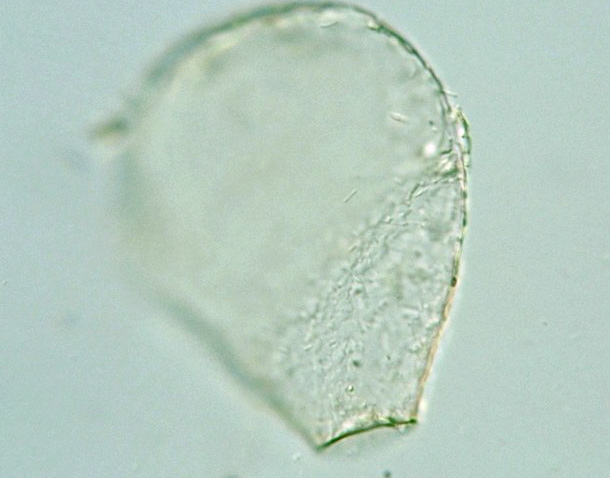
Because of its harsh climate, continental Antarctica is home to some of the most depauperate soils on earth (Wall 2005 Convey et al. One reason may be that soils are highly diverse ecosystems and characterizing the sheer number and variety of biotic and abiotic interactions that are present is unfeasible (Bardgett and van der Putten 2014). However, the extent and nature of the influence of phagotrophic protists on soil community dynamics and nutrient cycling is not well understood (Wardle 2006 Corno and Jurgens 2008 Saleem et al. Recent work thus shows how crucial soil protist research is to understanding general rules about soil community stability, resilience, and nutrient cycling. Fewer studies have focused on these interactions, but they are likely to be more commonplace and important for food web structure than previously thought (Geisen 2016). Phagotrophic protists also prey on other groups, including fungi, other protists, nematodes and other micro-metazoa (Bjørnlund and Rønn 2008 Rønn et al. Phagotrophic protists can increase the productivity of microbial communities by maintaining log-scale growth among prey species and encouraging the growth of less abundant species (Crotty et al.

Due to their intermediary size, phagotrophic protists form an essential link between soil bacteria and metazoan predators, like nematodes, which are too large to exploit many micro-soil habitats where bacteria are capable of thriving (Wilkinson et al. Phagotrophic soil protists play critical roles in regulating soil bacterial communities and influencing plant functioning (Geisen et al. Identifying links between biodiversity and function in soils is a priority for understanding both fundamental ecological principles as well as for predicting and mitigating the effects of climate change on the biosphere (Wall 2005, 2007 Nielsen et al.
NEBELA TINCTA PROTISTS DRIVERS
Additionally, future research should transition away from biodiversity survey studies to dedicated ecological studies that emphasize the function, ecophysiology, endemicity, dispersal, and impact of abiotic drivers beyond moisture and temperature. To remedy these biases, a standardized methodology using both morphological and molecular identification and increased emphasis on microflagellate and naked amoeba morphogroups is needed. However, richness estimates are likely skewed by disproportionate sampling (over half of the studies are from the peninsula), habitat type bias (predominately moss-associated soils), investigator bias (toward ciliates and the testate amoeba morphogroup), and methodological approach (toward cultivation and morphological identification). Biodiversity appears to be highly structured by region and taxonomic group, with the Antarctic Peninsula having the highest taxonomic diversity and ciliates (Ciliophora) being the most diverse taxonomic group. To facilitate and encourage future research into protist biodiversity and ecology, especially in context of the broader functioning of Antarctic terrestrial communities, I review the biodiversity, distribution, and ecology of Antarctic soil phagotrophic protists. Antarctic soil systems are also highly limited in terms of moisture, temperature, and carbon, and the resulting reduced biological complexity can facilitate fine-tuned investigation of the drivers and functioning of microbial communities. The biodiversity and ecology of soil phagotrophic protists are still largely uncharacterized, especially in the Antarctic, which possesses some of the harshest terrestrial environments known and potentially many physiologically unique and scientifically interesting species. Genbank counts today 78 Nebela sp sequences related to this project.Phagotrophic protists (formerly protozoa) are a highly diverse, polyphyletic grouping of generally unicellular, heterotrophic eukaryotes that are key regulators of the soil microbiome. The 29 sequences obtained for the 29 individuals representing 8 species at the origin of the project were registered on Genbank. To achieve this goal, we will study a wider range of habitats.

Our goal is to sequence the DNA barcode CoI of most of the group's diversity in Switzerland. is known to occupy not only sphagnum peatlands, but also other environments such as acid forest litter. Recent studies in our laboratory have demonstrated a great diversity within a morphospecies, Nebela collaris, comprising up to nine genetic species.


Changes in the composition of their communities are well correlated with different pollutants. Arcellinida amoebae are often used as a model group for monitoring past and present environmental conditions. Despite their importance, they remain largely unknown and much of their diversity is not yet documented. Protists are increasingly recognized for their fundamental role in the functioning of almost all ecosystems on a global scale.


 0 kommentar(er)
0 kommentar(er)
